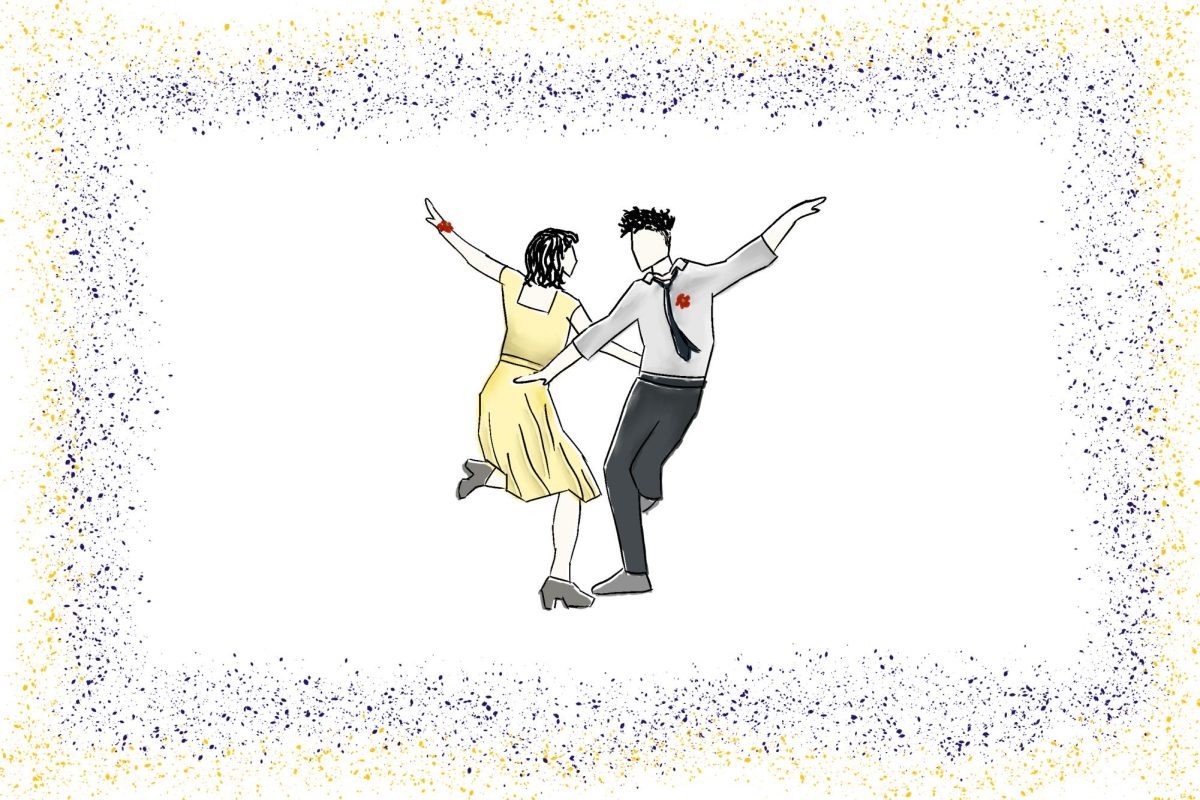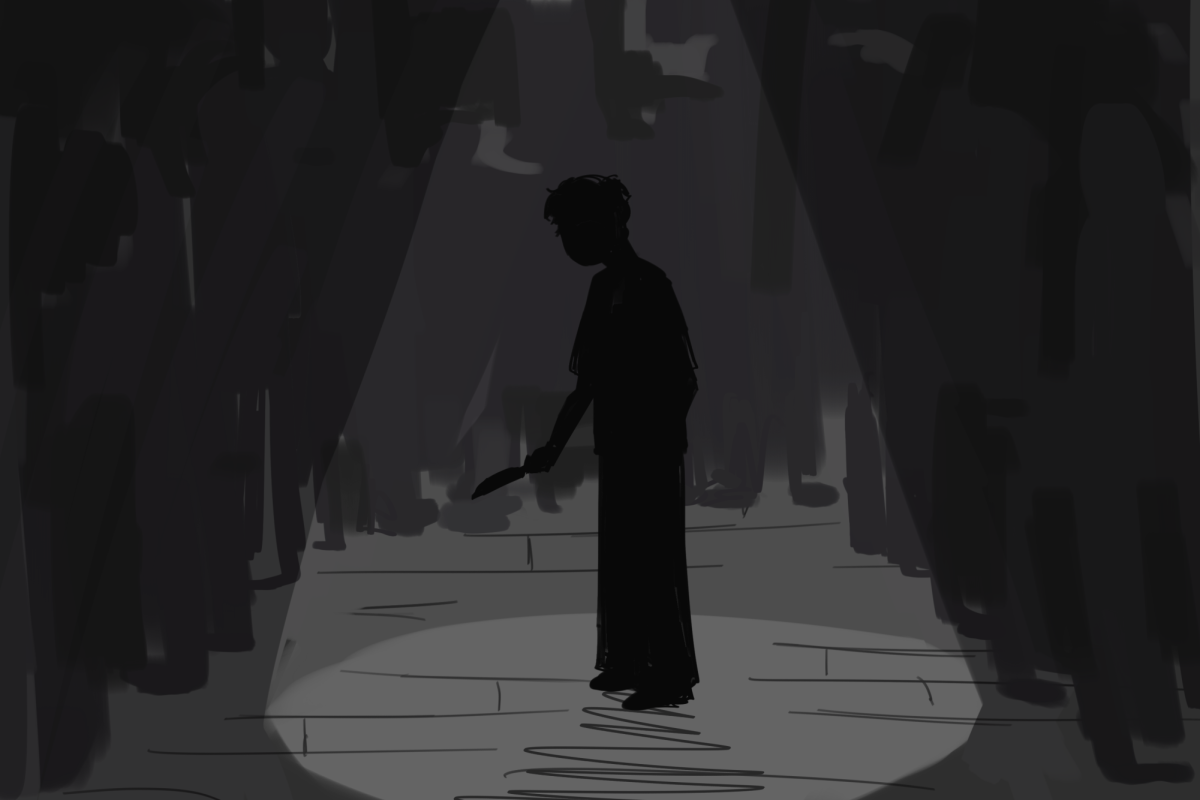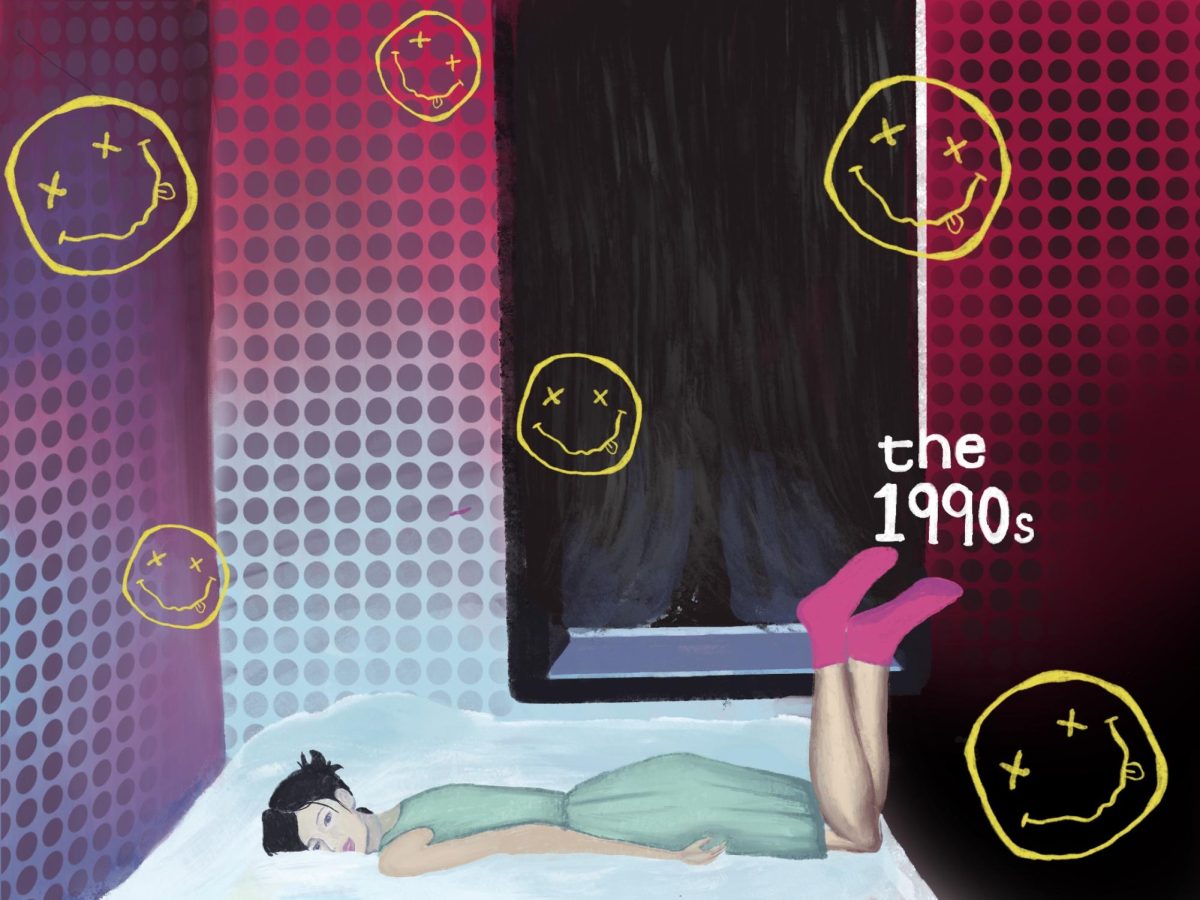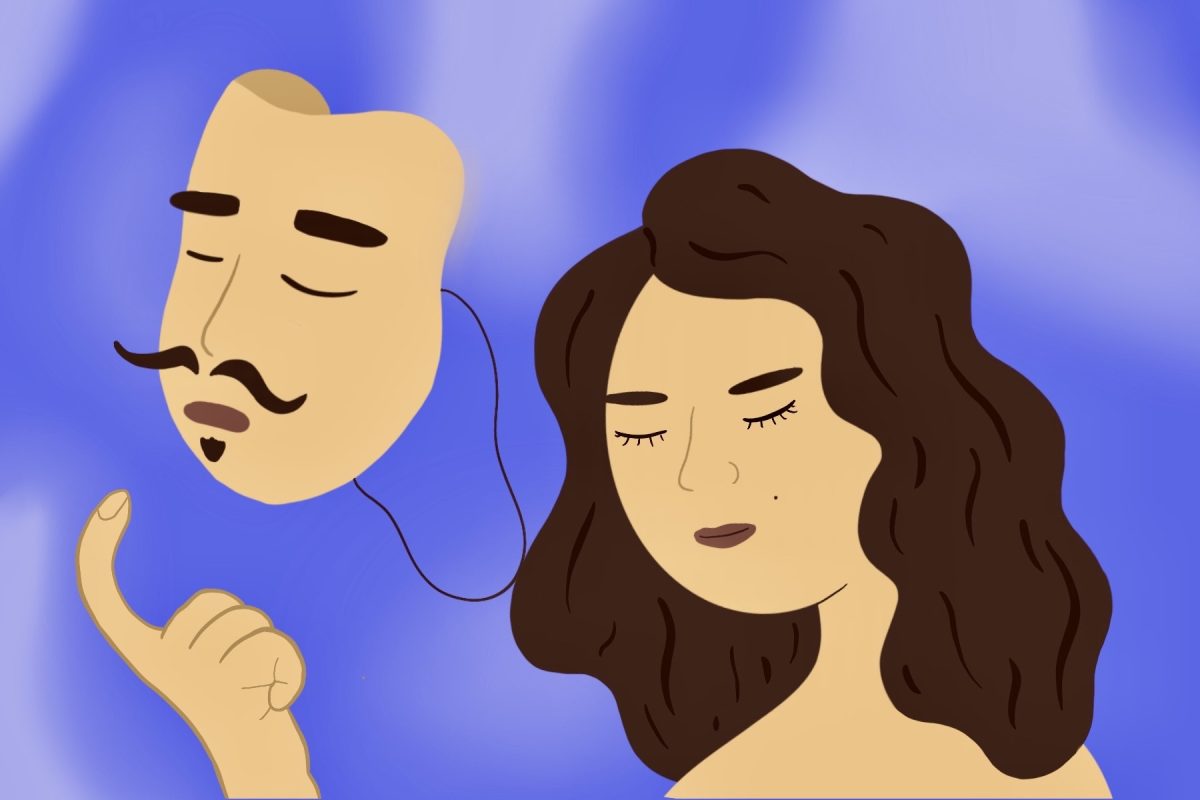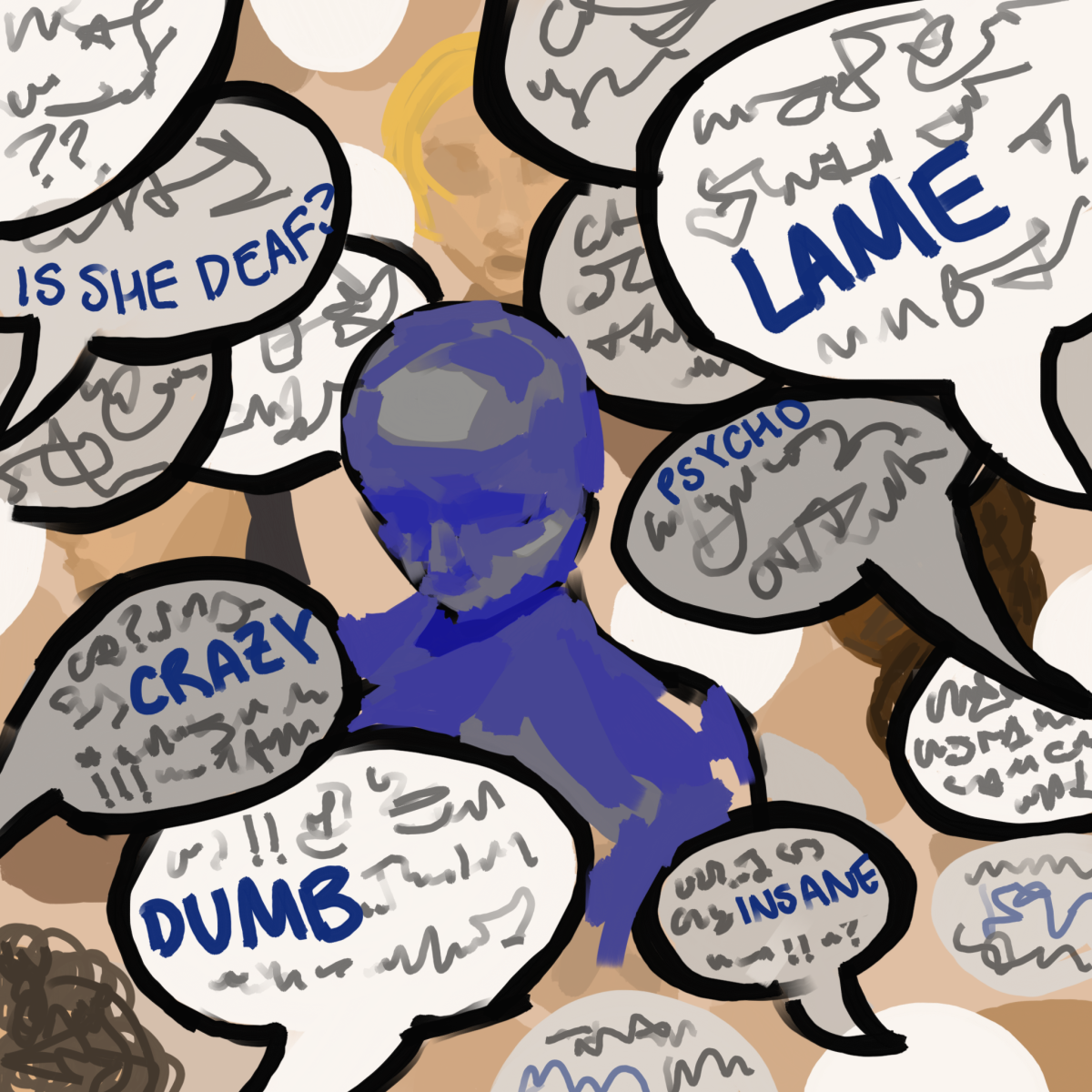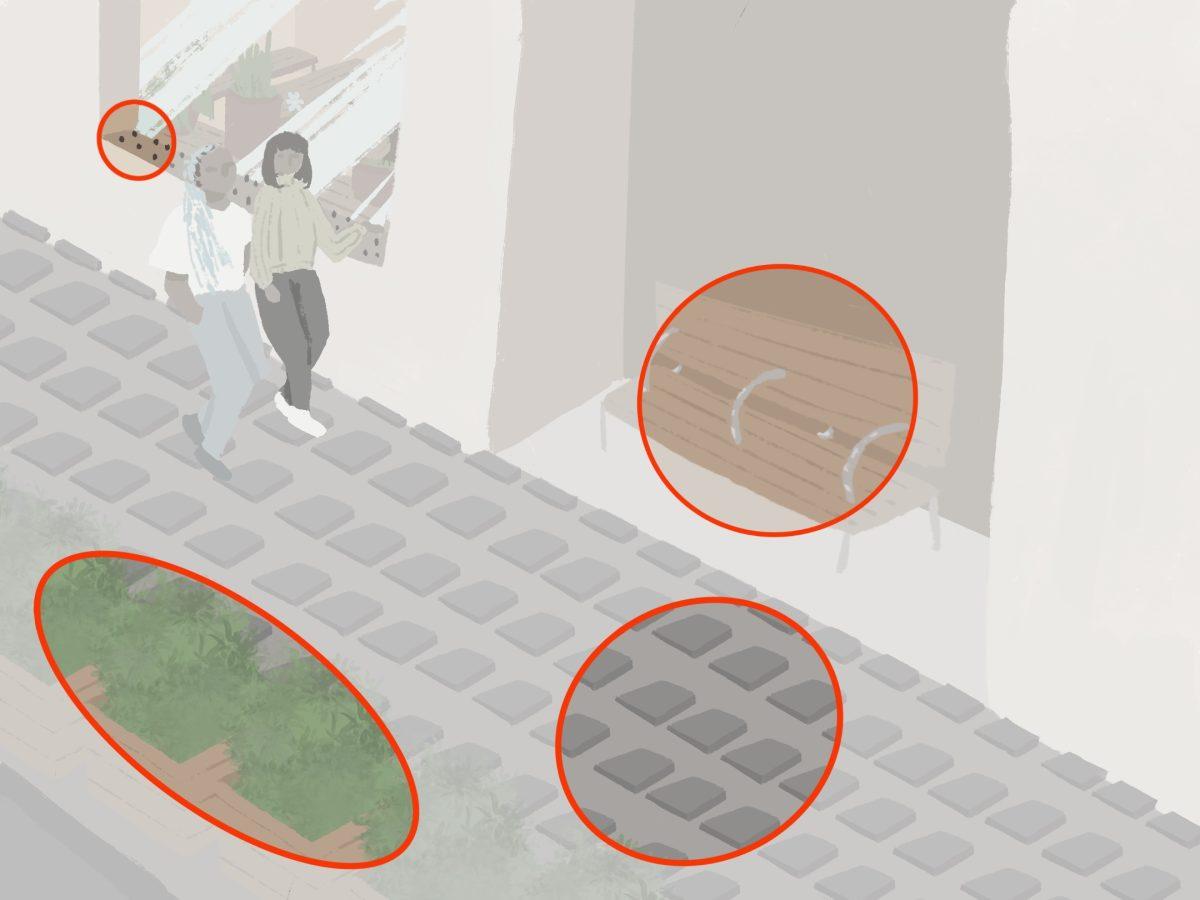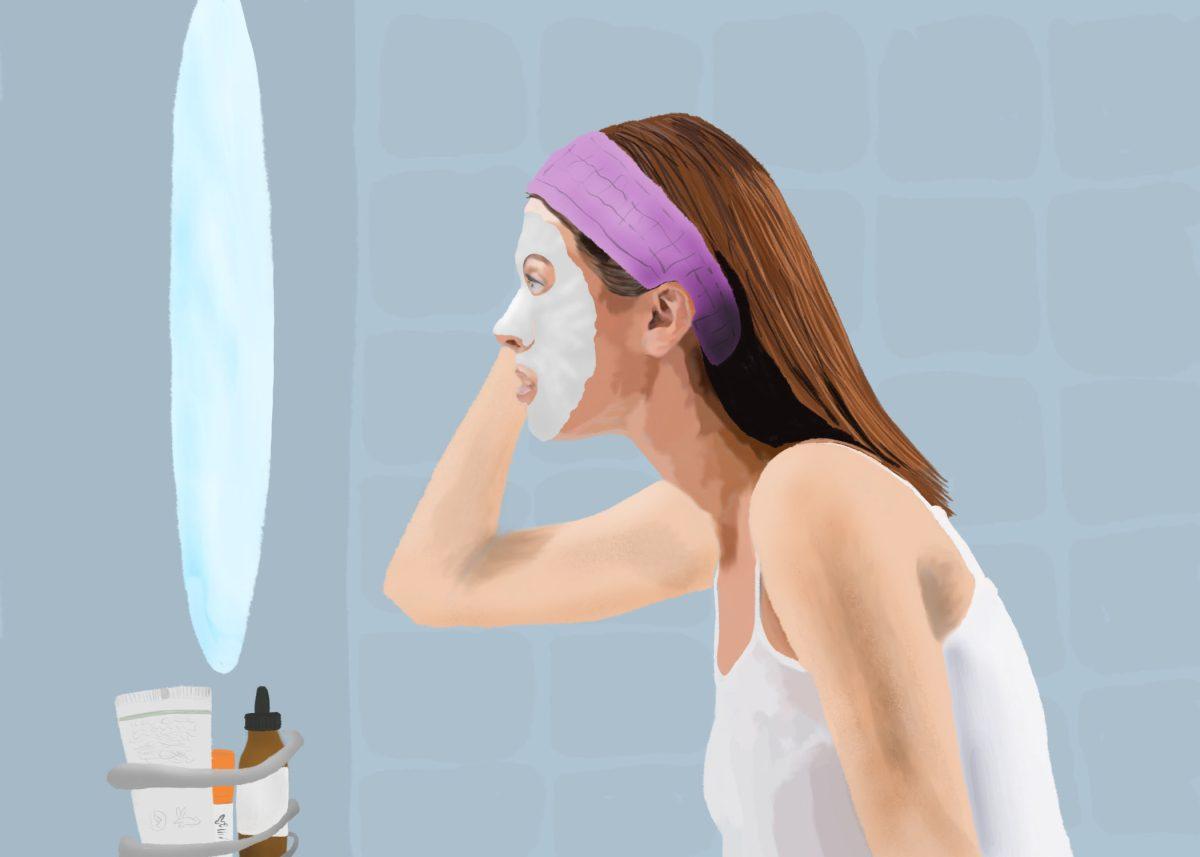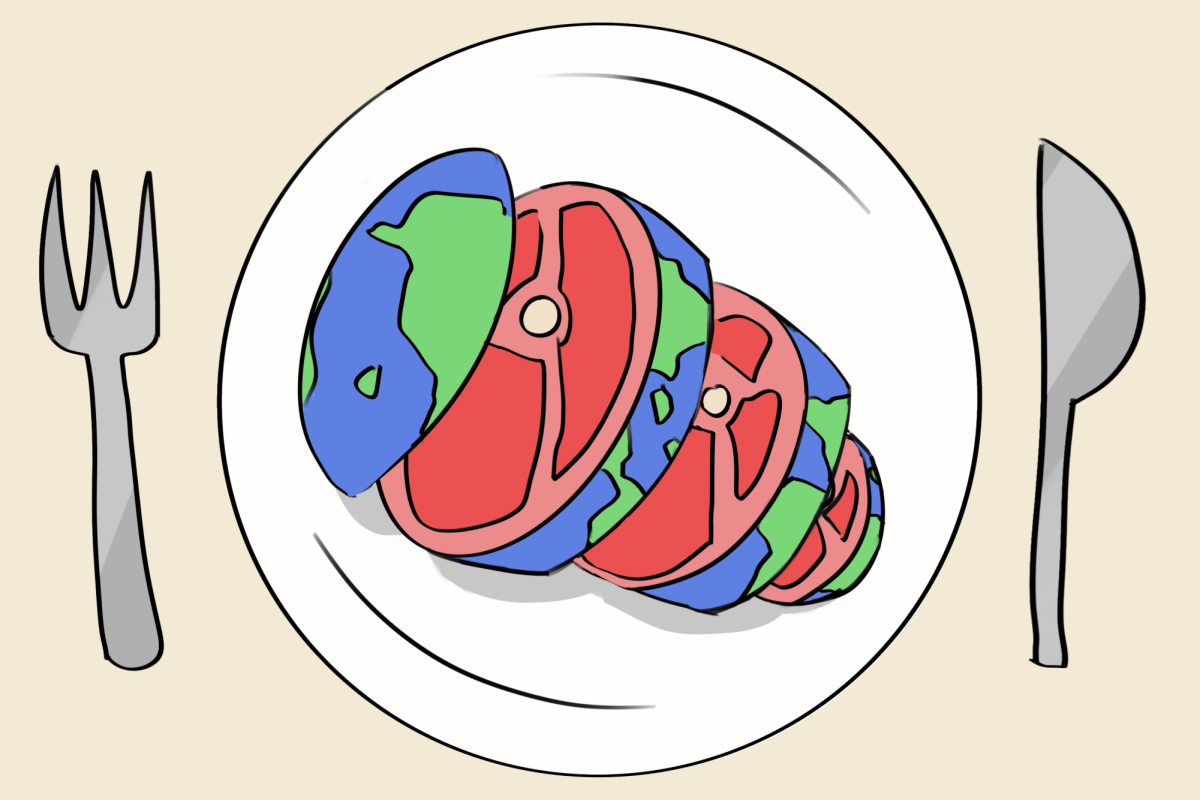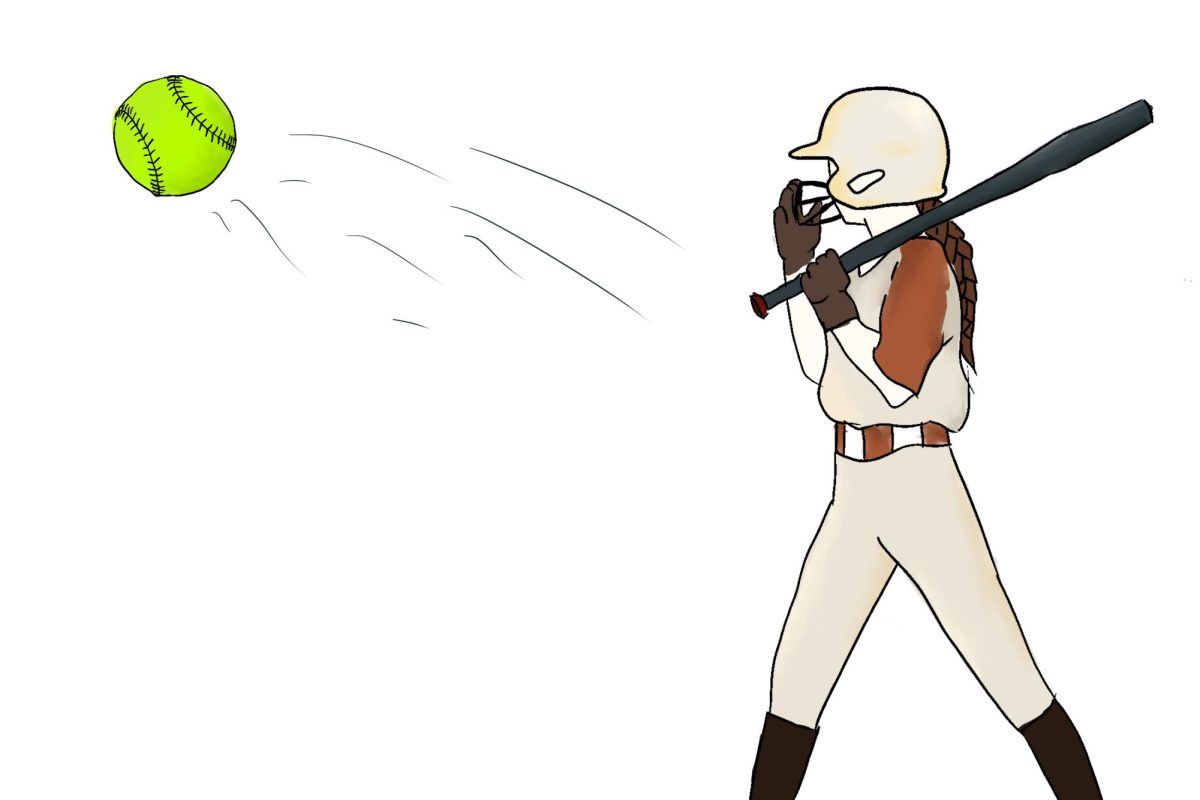Many claim acne as one of the most commonly stigmatized skin conditions in the world, stereotyping those with it to be unhealthy, unattractive, unapproachable, and unkempt. People with the condition are often offered unsolicited advice, told misinformation, and are shunned in professional environments. In fact, an international survey issued by Dermatology and Therapy presented images of individuals with both acne scars and clear skin to 4618 participants. Out of the people surveyed, 41% noticed the skin of those with acne scars before any other feature, whereas a mere 8% of those surveyed observed the clear-skinned individuals’ skin first. Those surveyed also thought that the clear-skinned individuals were more likely to be considered attractive, confident, happy, healthy, successful, sociable, and deserving of a promising future. So why is it that those without blemishes are perceived better than those with acne-prone skin? Is it a product of today’s society or is it a fundamental part of human biology? Or is it maybe both?
One theory is that humans have subconsciously linked specific traits with fertility and have searched for mates who have such features. This was in order for humans to produce healthy children with no underlying issues. One’s skin condition could be perceived as a detrimental factor when evaluating mates, or it could simply be a biologically-driven aversion. Another theory is today’s aesthetic culture. During the Renaissance, larger women were revered and were often the centerpiece of popular artwork of that period because they were seen as more fertile and prosperous. In the 21st century, society idolizes the look of a thinner body, which is a dramatic swing in the pendulum from all those years ago. The same case could also be argued for acne, as in ancient times Greek physicians, Aristotle and Hippocrates, described acne plainly as “a condition that is strongly associated with puberty.” In such archaic times acne was the least of humankind’s worries, and while treatment was available to those of higher socioeconomic standing, it was never as stigmatized as much as it is now.
Today, clear skin is the beauty standard all across the world, and is reinforced through the means of media and literature. This glass-skin standard is set impossibly high for some, as acne is influenced by hormones, genetics, environment, stress, and climate, all of which are factors that most have very little control over. People with acne may also suffer the mental implications that come with the appearance, these being depression, anxiety, low self-esteem and decreased quality of life. “As someone who has moderate acne myself,” says Anonymous ’27, “I can attest to these claims as looking in the mirror began to feel like a chore and I would consciously avoid bright, fluorescent lighting. Sometimes even looking people in the eye could be difficult, as I was consumed by the thought that the other person would be critiquing my skin, rather than my character.”
So is acne only skin deep? The answer is no; however, within the past year the emergence of brightly colored pimple patches adorning the faces of teens offers a glimmer of hope in the fight for blemish acceptance. Have we reached the turning point in social tolerance for acne? Or are we destined to go further down the rabbit hole of photoshop and concealer?





